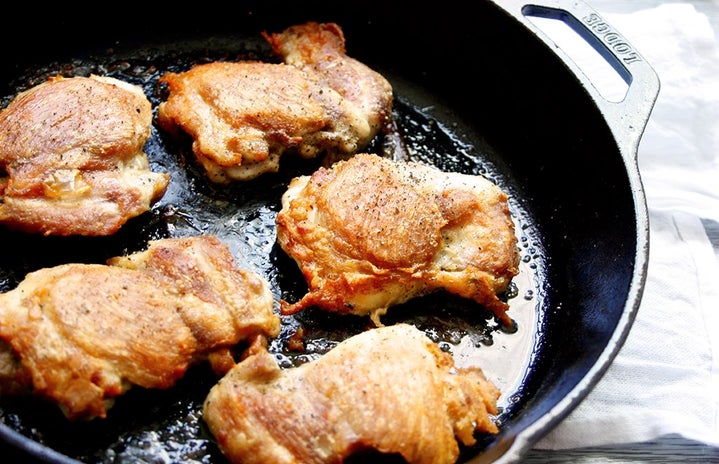The paleo diet has been around since the caveman era. Whether you know it as paleo, the paleo diet, paleolithic or the caveman and stone-age diet, it centers around the lives of our ancestors. It’s a popular diet that has been used around the world and has been successful for some. But the big question is, is it for the long term?
According to the Academy of Nutrition and Dietetics, it suggests that if we eat as our ancestors did 10,000 years ago, we will be healthier, lose weight and curb disease. This means your foods can be hunted, fished or gathered. This includes meat, fish, shellfish, poultry, eggs, veggies, roots, fruits and berries. With this diet, comes restrictions though. There are no grains, dairy, legumes (beans, lentils, and peas), sugar or salt. Why restrict these foods? Our bodies are genetically predisposed to eat this way. They blame the agricultural revolution and the addition of grains, legumes and dairy to the human diet for the onset of chronic disease. By encouraging this way of eating, it provides more inclusion of fruits and vegetables which aligns with the Dietary Guidelines for Americans.
It is been said that this type of diet combination of plant foods and rich in protein may help control blood sugar levels and prevent type 2 diabetes. But there is a part that can be risky to this diet. With cutting out whole grains, legumes, and dairy you are falling short on your carbohydrate recommendations. Not to mention these foods are nutrient-rich and contain important vitamins and minerals. By eliminating whole grains, it does not mean you are ending the risk of disease or ensuring weight loss. Whole grains contain dietary fiber, which may help reduce your risk of heart disease, cancer, diabetes and other health complications. There have been recent archeological studies that have found evidence that humans during the paleolithic era did eat grains. So, it goes to show you that they are an important part of a person’s diet. There is also the concern that the amount of protein you have on the paleo diet may exceed your daily fat intake.
What we may not think about is, diets of early humans varied drastically on where they lived. There is no one “paleolithic diet.” People should understand that the paleo diet might be hard to sustain by eliminating certain food groups and types of foods and it could lead to disordered eating. We are now living in a society where it is not possible to eat as our ancestors did because of how much processed food we are surrounded by. We don’t have access to the wild game as readily as most of the meat that we regularly consume is domesticated and produced on a mass scale.
To me, this diet is not realistic. It’s built mainly of a high amount of protein which in the end can cause many chronic diseases if consumed at an unhealthy level. It also is unrealistic to cut out grains and dairy when they are vital nutrients that we need. Before beginning a diet plan, always work with a registered dietician nutritionist who will assess your food and medical history so that they can develop a personalized nutrition plan that is right for you.
HCXO


